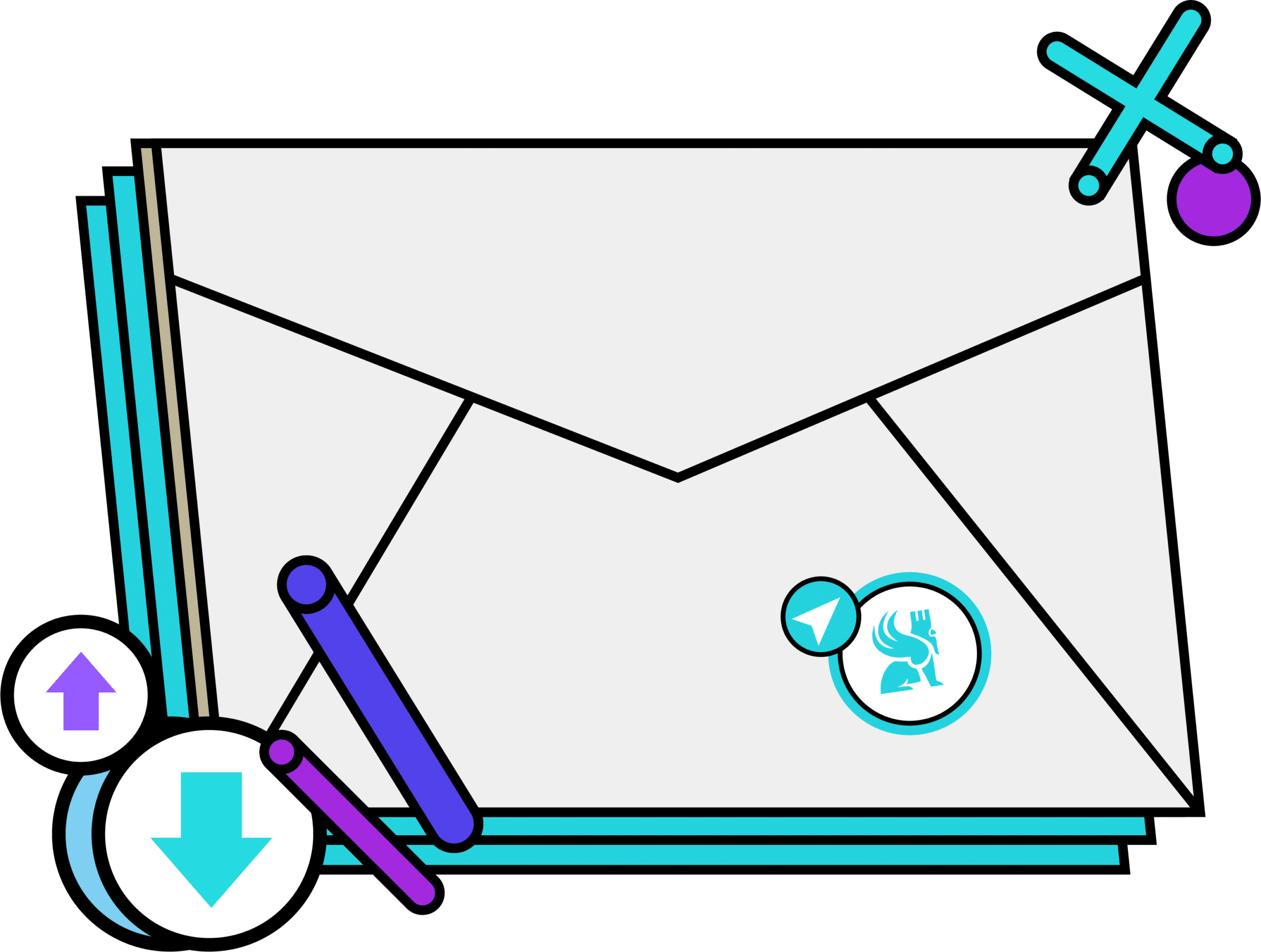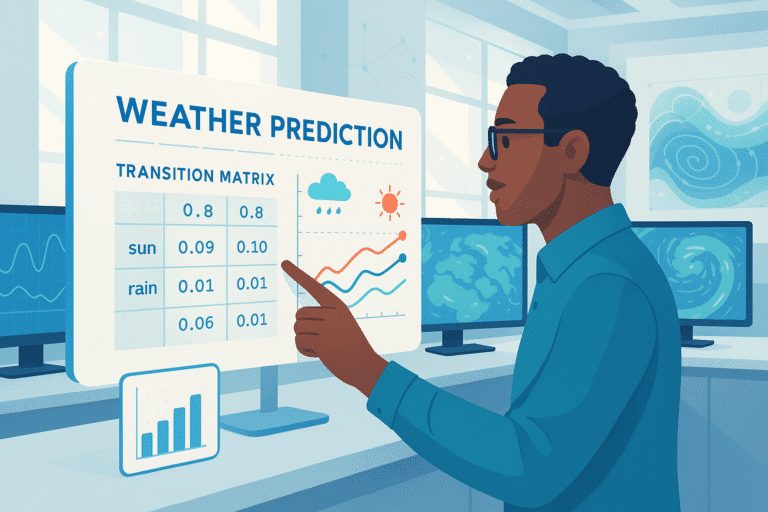What is a General Purpose Technology? A technology that possesses the capability to transform civilization on a grand scale. This was the case with the steam engine, electricity, or the Internet, and it is now true for generative AI. The societal consequences are ones we struggle to comprehend, as we are only at the onset of this significant upheaval…
If someone mentions GPT, you’ll instinctively think of artificial intelligence’s flagship application, ChatGPT. Indeed, OpenAI, the creator of this chatbot, utilized the GPT model, standing for Generative Pre-Trained Transformer, a pre-trained tool for generating transformative results. This term refers to the Deep Learning methods utilized by OpenAI to generate text, which can be broken down as follows:
- Transformer: The transformer architecture is a type of neural network introduced by Google in 2017. It revolutionized natural language processing by enabling the processing of an entire sentence at once rather than sequentially, word by word.
- Pre-Trained: OpenAI’s GPT model has been trained on a vast amount of data.
- Generative: GPT is capable of generating text that makes sense to us.
General Purpose Technology
The case is settled: we now understand GPT as defined by OpenAI. However, a new interpretation has emerged recently: General Purpose Technology. This definition is less technical, thereby appealing to a broader audience. It is particularly advocated by McDonagh-Smith, a lecturer at the MIT School of Management, who believes developments such as these can be categorized as this type of technology:
- The steam engine – initiated the industrial era,
- The railway – eliminated distances between populations on a continent,
- Electricity – revolutionized cities and industries,
- The automobile – allowed individuals freedom of movement within their environments,
- Computers and the Internet – connected the planet and transformed our access to information and commerce.

The impact of GPTs
These innovations share specific traits:
- They permeate all areas of society, altering how most people function. Some companies vanish, others arise and may become the new leaders. The Internet offers an example of this, reshuffling the deck and giving rise to new giants like Google, Amazon, or Facebook.
- Initially, they may slow productivity, but as technology gets integrated, overall productivity significantly improves.
- They evolve quickly; for instance, computing costs have steadily decreased while simultaneously, performance has multiplied.
- They spark massive waves of innovation. Numerous patents are filed as inventors are inspired by the new technology’s arrival.
- Overall growth is progressively amplified, though it usually takes many years to observe this economic boom.
The next phase in these technologies, spurring societal transformations, is artificial intelligence.
Generative AI is the new GPT
Generative AI, as evidenced by ChatGPT, Perplexity, Midjourney, Stable Diffusion, Suno, RunwayML Gen3, is the latest major revolution.
We are still at the beginning—it gained traction in 2022—but this GPT is spreading at an incredible pace. The reason lies in the fact that its spread does not require new factories or infrastructures; it proliferates via software on the Internet, supported by network computing infrastructures long in place since the beginning of the century, and even earlier.
Generative AI follows the typical path of GPTs: its adoption is coupled with a stage of turbulent experimentation, where business models remain nascent.
And what about its adoption? Remarkably fast. Business leaders you might meet at an event or on a casual journey are unanimous: they are keen on utilizing generative AI one way or another. A McKinsey survey in the USA demonstrated that 79% of executives were aware of its existence, with nearly a quarter reporting daily usage.
However, the societal impact of this GPT is so vast, it defies easy assessment. It becomes accessible to everyone, merely requiring natural language requests to fulfill its mission. Tasks that used to demand extraordinary time and energy are accomplished rapidly: research on a specific subject, essay writing, translation, and creating images, videos, or music…

The challenges posed by this GPT
The rise of generative AI brings forth numerous questions. While it frees up significant time for employees to dedicate to higher value-added tasks, it also threatens numerous jobs. Nearly 80% of professions might be impacted, even partially. Fields like education, law, or healthcare see the emergence of applications shaking up norms (personalized tutorials, legal document analysis, AI-assisted diagnostics). A study from MIT highlights that generative AI reduces the time for drafting legal contracts by 40%. Concurrently, how can we overlook the potential dependency risks on what appears to be an effortless solution?
Generative AI could further widen digital inequalities, granting those well-versed in it a disproportionate advantage. This creates an urgent need to establish ethical guidelines for overseeing this particular GPT.
It’s paramount to regain control over artificial intelligence applications to ensure we avoid the drawbacks.










